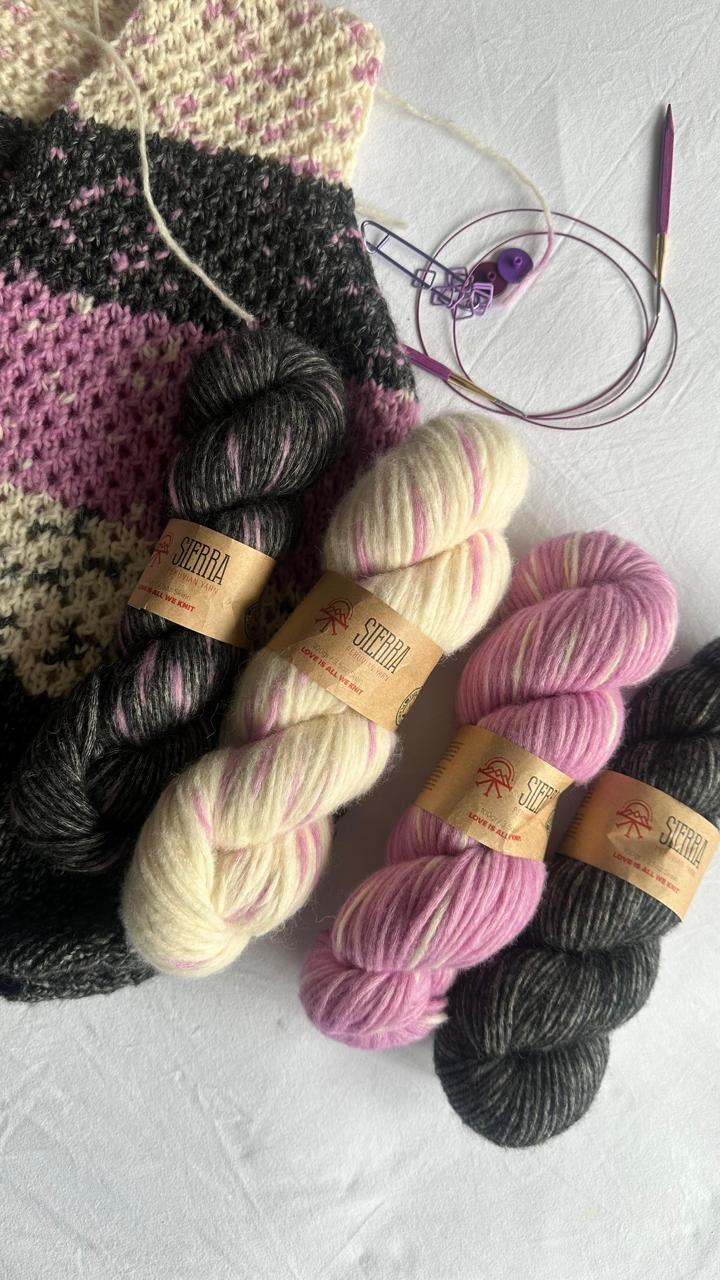
As you may know, cotton is the most popular fiber all over the world, and accounts for more than half of all fiber needs across the globe.
In this blog post we´ll talk about the differences between Organic and Non-Organic cotton; The differences between both goes way beyond the non-use of pesticides or chemicals, you´ll learn how the use of organic cotton helps preventing skin diseases and helps you maintain a healthier live.
Organic cotton vs non-organic cotton, let´s start comparing both products:
- Non-organic cotton farming starts with GMO or genetically modified seeds. They are modified to build resistance to bugs, but when the bugs become stronger, help of pesticides, chemicals and metals is required. This affects the soil and the water, damaging the natural resources in the process and disturbing the ecological balance.
- Organic cotton is made from natural seeds, and there is no use of pesticides or other harmful chemicals. Bugs are controlled with insects that kill the pests maintaining a natural ecological balance.
- Weeding: Out of the total amount of pesticides used in farming, more than 25 percent is used for cotton. These include highly toxic insecticides and carcinogens. Constant use of such chemicals can lead to serious diseases in farmers, affecting the neighboring environment.
- In organic cotton manufacturing, weeding is done by hand, hoeing, and different cultivation processes.
- Non-Organic cotton is grown on the same soil over and over again, degrading the soil quality, removing nutrients, and leading to unhealthy crops. These crops require to be heavily irrigated, resulting in water wastage.
- Organic cotton is rotated from one soil to another, and the nutrients retain water for long, requiring less irrigation. This leads to healthier crops and much less water wastage.
- Non-Organic Cotton use heavy metals, chlorine, and chemicals in its dyeing process. The chemicals used are so strong that even after washing the finished products, the residue of these chemicals remains and can cause serious skin allergies like eczema.
- Organic cotton uses safer alternatives to chemical dyes and whiteners. Natural or water-based dyes, peroxide for whitening, and other safer products are used to manufacture the finished goods keeping it 100% safe for our skin.
- Non-Organic cotton is usually machine-picked to cope with the rush. This doesn’t maintain the purity of the fibers, and also damages cotton fibers in the picking process, leading to loss and wastage.
- Organic cotton products are softer than Non-Organic cotton because of being handpicked, this ensures these fibers don’t get weakened or broken, resulting in softer and more durable products.

Fortunately, several people have become more aware and conscious about problems caused by demand on the industry, there is more attention towards environmental problems, leading to an increase on the production and popularity of organic materials.
Organic cotton has been around for a while now, and is used to make premium towels, bed linen, and clothing. Products made from organic cotton are usually considered high end and are generally more expensive than regular cotton products. The demand for organic cotton products keeps growing as more people become aware of their benefits.
In conclusion, organic cotton is softer, hypoallergenic and lasts for a long time. But the most important benefit is protecting the ecosystem, reducing wastage of water, and ensuring a safer working environment for the farmers and manufacturers. Organic cotton is a sustainable and eco-friendly option to regular cotton. Try it today to feel the difference yourself.
Find a beautiful alternative of Peruvian 100% organic cotton in our Sierra Yarn website


